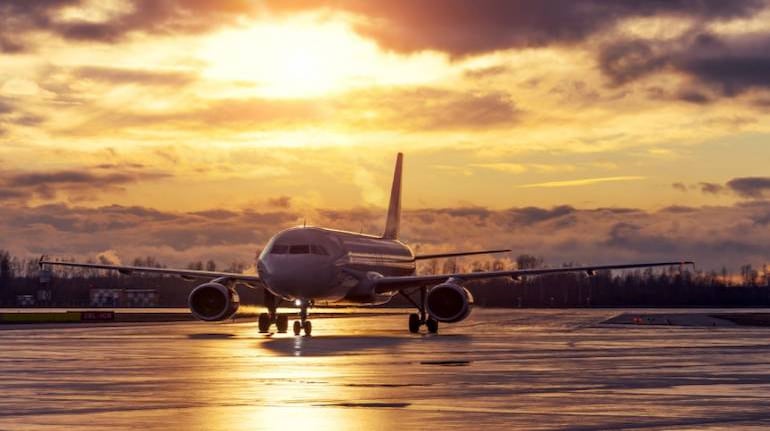



For the last 17 months, airlines in India are under a capacity cap and a floor and ceiling cap on airfares.
The government has done multiple iterations to its policy and upped the capacity cap to 85 percent of the approved schedule. This means that all airlines can operate up to 85 percent of their approved schedule, and it does not consider the flights that operate under the aegis of RCS - UDAN or charter flights.
This is the highest capacity cap in the last 17 months and could well lead to the opening up of the industry, minus caps in the future. The only block is a third wave of COVID-19.
In February 2020, the last full month of operations before lockdown, airlines in India carried an average of 4,25,179 passengers on 3,136 flights.
Since the capacity is capped to flight count, 85 percent would roughly translate into 2,666 daily departures. On Sunday, September 19, 2021, airlines operated 2,149 flights. The highest, so far, has been on March 5, 2021, when airlines operated 2,398 flights.
Who is operating how much?
The deadly second wave of COVID-19 was back-bending for airlines. While IndiGo announced record losses, three airlines were on their knees in May. AirAsia India deployed only 13 percent of its pre-COVID departures. GoFirst (the erstwhile GoAir) and SpiceJet deployed 16 percent and 19 percent departures, respectively.
As the wave subsided and it was July, the capacity was capped at 65 percent. IndiGo operated with 64 percent, and Vistara and Air India with 57 percent and 54 percent, respectively.
Also Read: Mumbai seems to have lost the aviation game completely
Yet, the three low-cost carriers (LCCs) - Go First, SpiceJet and AirAsia India -- struggled to deploy capacity. AirAsia India deployed 29 percent of its approved capacity in July, while Go First and SpiceJet deployed 37 percent each.
Since August, the ministry of civil aviation has started declaring load factors on a daily basis. While SpiceJet continues to have high load factors, both Go First and AirAsia India seem to be struggling to attract passengers.
While IndiGo will scale up to 85 percent -- it has the intent and cash (to burn) to scale up and wants to make the most of the deep network it has built to attract more passengers -- the impact on overall traffic won’t be much, if other airlines are not able to scale up.
With over half the market with IndiGo, at 85 percent, the airline could at best operate 1,360 daily flights to remain within the limits set by the government. The other part of the pie has to see flights from other airlines scale up to go anywhere near the 85 percent mark.
Even at current traffic levels and with the fare rules that are in place, making money is going to be a challenge and it needs to be seen if airlines are willing to deploy a larger capacity in the market at higher losses or keep themselves restricted to limited flights and look for cash flow.
Traffic follows capacity in any market -- more so, in India. There has been an average gap of 10 percent between the capacity deployed and passenger numbers, except for a few days.
If traffic has to reach the 73.77 percent mark -- the highest ever -- which it did on February 28, 2021, capacity will have to breach the 80 percent mark. For that, airlines, other than IndiGo, will have to contribute more to the flight count.
Beyond 85%
The aviation ecosystem does not work in isolation. Domestic passenger numbers are a mix of origin-destination traffic between two cities in India (known as O-D) and connecting traffic from international destinations -- either on the same PNR or on two different PNRs. The domestic passenger gets counted as part of domestic traffic.
Also Read: Limits on airfares to remain for 15 days at any given time: Aviation Ministry
While a clear distinction on pure domestic traffic and international traffic connecting domestic flights is not known, a rough estimate would put it between 10-20 percent, based on the day of the week.
International tourism and business is unlikely to reopen anytime soon at pre-COVID19 levels. When it does, many travellers are likely to opt for non-stop flights over one-stop wherever possible. This means that the connecting traffic won’t be the same as before, when there are options.
In the absence of business traffic and connecting international traffic, reaching the pre-COVID19 level will be a challenge for airlines.
Discover the latest Business News, Sensex, and Nifty updates. Obtain Personal Finance insights, tax queries, and expert opinions on Moneycontrol or download the Moneycontrol App to stay updated!
Find the best of Al News in one place, specially curated for you every weekend.
Stay on top of the latest tech trends and biggest startup news.